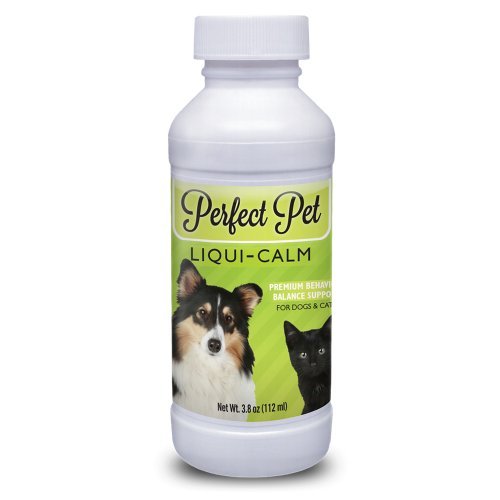Gastric Dilatation-Volvulus In Dogs (Bloat)
Gastric Dilation-Volvulus (GDV) or bloat as it's more commonly known is a condition that is caused by abdominal bloating and the twisting of the stomach. It can often lead to death if neglected.
The condition is brought on by the abnormal accumulation of fluid, air or foam in the stomach. When bloat occurs, the stomach becomes enlarged and may rotate cutting off areas crucial to normal stomach movement resulting in the dog becoming unable to defecate or burp. This vicious circle of events aggravates the situation as the dog is unable to gain relief by burping or defecating.
One of the signs of bloat is failed attempts at vomiting. The enlarged stomach also obstructs blood flow from the veins in the abdomen which leads to low blood pressure and eventually collapse. Breathing is shallow, rapid and labored and the dog is in great pain.
Compromised blood flow causes the abdominal organs to collapse and bacteria and toxins enter the blood stream. Bloat can cause damage to the spleen because of its location next to the stomach; it can become twisted along with the stomach. The heart also suffers from the lack of blood flow and shock and death result if the condition is allowed to continue without immediate treatment.
Deep-chested breeds and giant dogs such as Great Danes and Gordon Setters are prone to bloat. Symptoms of bloat include:
. Nausea
. Restlessness
. Drooling
. Abdominal distention
. Abdominal Pain
. Nonproductive vomiting and retching
. Collapse
If your dog is exhibiting any of these symptoms you should take him to the vet without delay. The vet will diagnose the situation by palpating the stomach and assessing the heart and lungs. Fluids will be given and when the dog's condition has been stabilized your vet will most probably take X rays and perhaps conduct an ultrasound examination to properly assess your dog's condition.
Your vet may sedate your dog or anesthetize him to perform a gastric decompression and lavage as part of the emergency treatment. This procedure involves the insertion of a large plastic or rubber tube into the stomach via the mouth to help remove the stomach's contents and to quickly relieve pressure.
Blood tests will also be done to get a complete picture of your dog's general health. If the dog is suffering from a twisted gut, then your vet will probably recommend surgical intervention. This procedure is known as gastropexy and it involves attaching the stomach to the abdominal wall. If your vet finds the spleen has been damaged he may opt to remove it.

 Dog clothing is essential
Dog clothing is essential
Dog clothing is essential
Dog clothing is essential
 Clipping your Pet’s Nails
Clipping your Pet’s Nails
Clipping your Pet’s Nails
Clipping your Pet’s Nails
 How to Calm a Dog During a Thunder Storm
Does your dog go absolutely
How to Calm a Dog During a Thunder Storm
Does your dog go absolutely
 How To Prepare For Getting Your First Puppy
So its that time in your lif
How To Prepare For Getting Your First Puppy
So its that time in your lif
 English Springer Spaniels
Introduction And HistoryWhet
English Springer Spaniels
Introduction And HistoryWhet